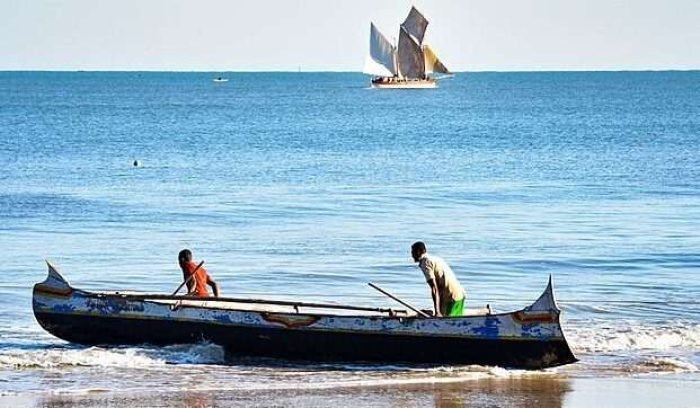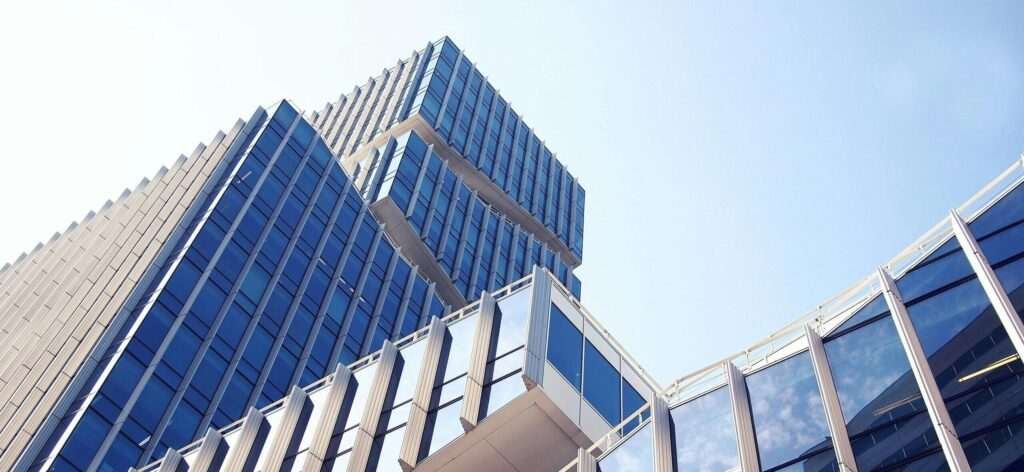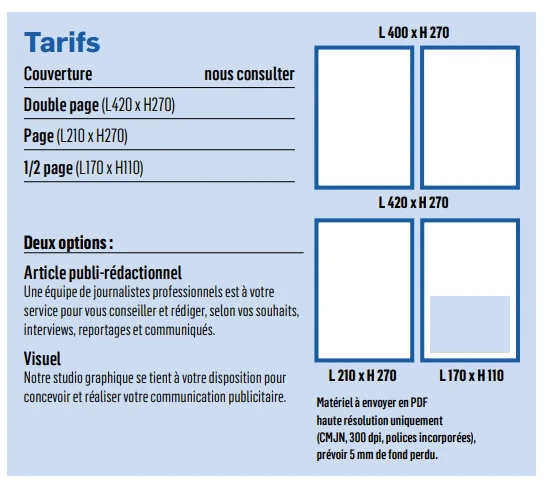Space not available
Reserve this advertising space
Choose an ad format to publish
The file format is not recognized
Choose this advertising space
and click here to transmit
an announcement
Click here to transmit
an announcement
Drag and drop
or transmit
an announcement
Bottom reference
Reference
– Significant marine and coastal resources

With 5,600 km of coastline and over 117,000 km² of continental shelf, Madagascar boasts significant marine and coastal resources. A source of income for nearly 1.5 million Malagasy people, the fisheries sector accounted for nearly 7% of the national GDP and 6.6% of exports in 2018.
Space not available
Reserve this advertising space
Choose an ad format to publish
The file format is not recognized
Choose this advertising space
and click here to transmit
an announcement
Click here to transmit
an announcement
Drag and drop
or transmit
an announcement
Bottom reference
Reference
The fisheries sector plays a vital role in the economy, generating $750 million annually. It is also important for the nutritional health and food security of Malagasy people, contributing approximately 201 billion pounds of animal protein. Fishing and aquaculture also provide a livelihood for nearly 1.5 million people living along the coast, a vulnerable and marginalized community, the majority of whom have no other source of income, not even a plot of land to cultivate.
Although fishing is essential to the Malagasy economy and the livelihoods of thousands of people, the sector faces numerous and complex challenges. The fundamental balance between conservation and exploitation of fisheries resources is one of them. Overfishing, an increase in poor fishing practices, and widespread destruction of marine habitats have led to a decline in coastal fisheries in the region.
The priority sectors showing signs of growth and/or need for reasoned and sustainable development are algae in aquaculture, sea cucumber in traditional fishing and aquaculture, mangrove crabs in traditional fishing and aquaculture (currently a fattening activity) and finally octopus in traditional fishing. The list can be extended to traditional shrimp and lobster fishing sectors.
Madagascar produces the best shrimp on the market, certified organic and Label Rouge, thus meeting international standards. Shrimp is Madagascar's fifth most profitable export product.
Space not available
Reserve this advertising space
Choose an ad format to publish
The file format is not recognized
Choose this advertising space
and click here to transmit
an announcement
Click here to transmit
an announcement
Drag and drop
or transmit
an announcement
Bottom reference
Reference
The challenges of the blue economy
The current protocol of the Sustainable Fisheries Partnership Agreement (SFPA) between the European Union (EU) and Madagascar expired on December 31, 2018. This tuna agreement allowed access to Malagasy waters for 40 tuna purse seiners and 54 surface longliners, and provided for a financial contribution of approximately €1.5 million per year, including €700,000 intended to support and implement Madagascar's fisheries policy. Negotiations for a new protocol are still ongoing. It should be noted that 60 of the 165 vessels authorized to operate in Malagasy waters belong to the EU. Only 5 of the licensed vessels call at the port; the rest fish, transship products to factory vessels at sea, and export directly. Since the 1980s, foreign industrial fishing fleets – European, Korean, Thai, Chinese – have been working in Madagascar's EEZ, without bringing any real benefits to the country.
In the case of Madagascar, the most promising sectors of the blue economy are:
• maritime transport, with transformation and upgrading in the port sector
• offshore aquaculture, which could satisfy and meet national and regional food security
• fishing and processing of fishery products, through the development of short-cycle value chains
• coastal ecotourism, through the discovery of Madagascar’s unique biodiversity
• blue (marine) energies, with their potential for innovation and development
• bioproducts and marine biotechnology, through the strengthening of research and development.
Preserving resources through community engagement
In 2017, Madagascar received $74.15 million in funding from the World Bank, the Global Environment Facility (GEF), and the Japanese Policy and Human Resources Development Fund (PHRD). The goal of this funding was to improve the exploitation of certain fisheries resources at the national and community levels and to enable certain fishermen in areas identified as high priority to have access to alternative livelihoods. This project, the second SWIOFish2, aims to ensure that Madagascar benefits from the economic, social, and environmental advantages of the sustainable exploitation of fisheries resources.
Aquaculture companies in Madagascar pay particular attention to the environmental and social aspects of their activities in order to better integrate their projects into the local context and ensure their sustainability. These projects have been well integrated thanks to a participatory approach through awareness-raising actions, consultations, and the involvement of the local population during the preparation and implementation of investments. Each company has complied with the MECIE decree "Making Compatibility of Investments with the Environment." Environmental monitoring and preservation measures consist of monitoring upstream and downstream waters, the health of fishery products, and the implementation of mangrove restoration actions.
Space not available
Reserve this advertising space
Choose an ad format to publish
The file format is not recognized
Choose this advertising space
and click here to transmit
an announcement
Click here to transmit
an announcement
Drag and drop
or transmit
an announcement
Bottom reference
Reference

















 A Seat That Transforms into a Bed
A Seat That Transforms into a Bed  In the world of air travel, economy class is often considered the most affordable option. However, at Air Afrika, we believe that affordability shouldn't mean compromising on quality of service. Our class
In the world of air travel, economy class is often considered the most affordable option. However, at Air Afrika, we believe that affordability shouldn't mean compromising on quality of service. Our class









